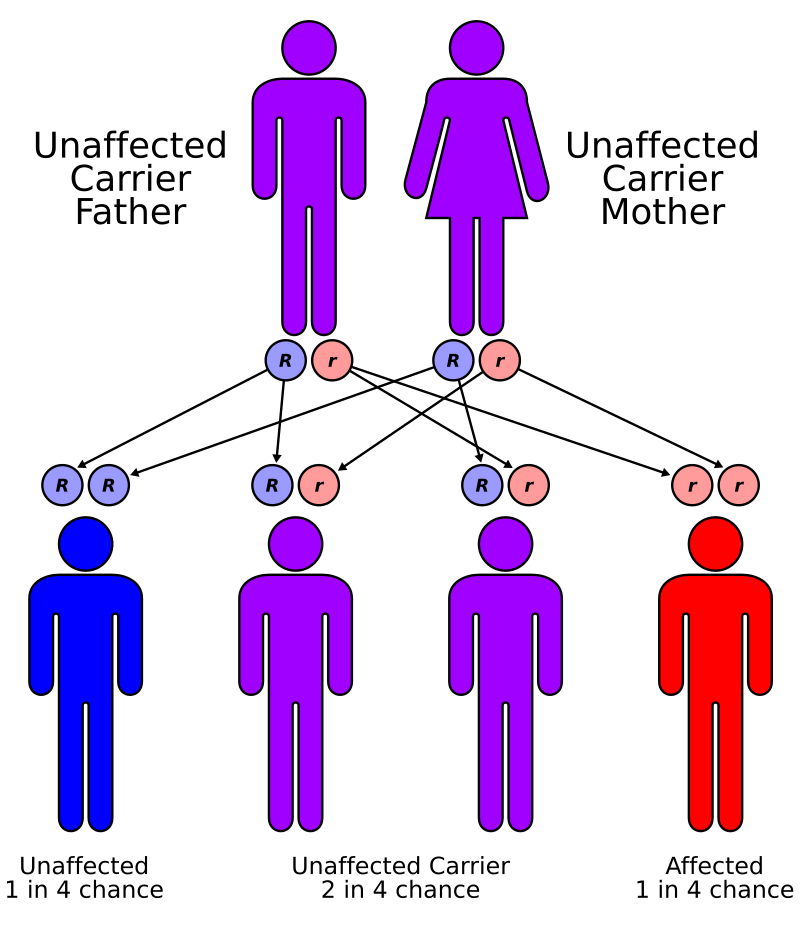Changing bases in a DNA molecule creates mutations with little or great effect. A frameshift mutation, with deletion and insertion, shifts the way the whole sequence is read. If it is shifted earlier, there is a greater effect to the DNA being read. For example, if the T was inserted at the end of the sequence for activity 2, it would have little effect on "shifting" it. Substitution, where one base is exchanged for another, seemed to have little affect for the most part because the whole sequence was not shifted, but if used in a certain way, could have the greatest effect of all.
EX: Substitution Insertion Deletion
ACG ACTG AC_
ATG
For step seven, we got to choose our own mutation that would affect the gene the most. I chose substution, and I substituted a base in the second codon for another, and it created a stop codon. This shortened the length of the entire sequence, making it only a start and a stop. This had a greater effect than even a frameshift mutation, because the whole protein was changed. This shows how when and where a mutation occurs is a big factor to its effect on an individual protein.
Proteins carry out many of our bodily functions, and these proteins that make up our bodies are determined by their amino acid sequence. When the proteins are being created, a mutation may change that sequence, lessening the proteins ability to carry out its job, harming an individual in the long run. Luckily, small, harmless mutations are the most common, and they have little effect on an organism. Phenylketonuria, or PKU, is a chronic disease caused by a genetic mutation that is inherited. It causes an increase in the levels of phenylalanine(an amino acid found in many artificial sweetners) in the blood. If it is not treated it can lead to serious health problems.
 |
| Inhertiance pattern for Phenylketonuria |
Sources:
"Phenylketonuria - Genetics Home Reference." U.S. National Library of Medicine. National Institutes of Health, n.d. Web. 13 Dec. 2016. <https://ghr.nlm.nih.gov/condition/phenylketonuria>.
Version 8.25 from the Textbook OpenStax Anatomy and Physiology Published May 18, 2016. Digital image. Wikimedia. N.p., 18 May 2016. Web. 13 Dec. 2016. <https://commons.wikimedia.org/wiki/File:0324_DNA_Translation_and_Codons.jpg>.
Phenylketonuria Inhertiance Pattern. Digital image. Wikimedia. N.p., n.d. Web. 13 Dec. 2016. <https://upload.wikimedia.org/wikipedia/commons/3/3e/Autorecessive.svg>.


No comments:
Post a Comment